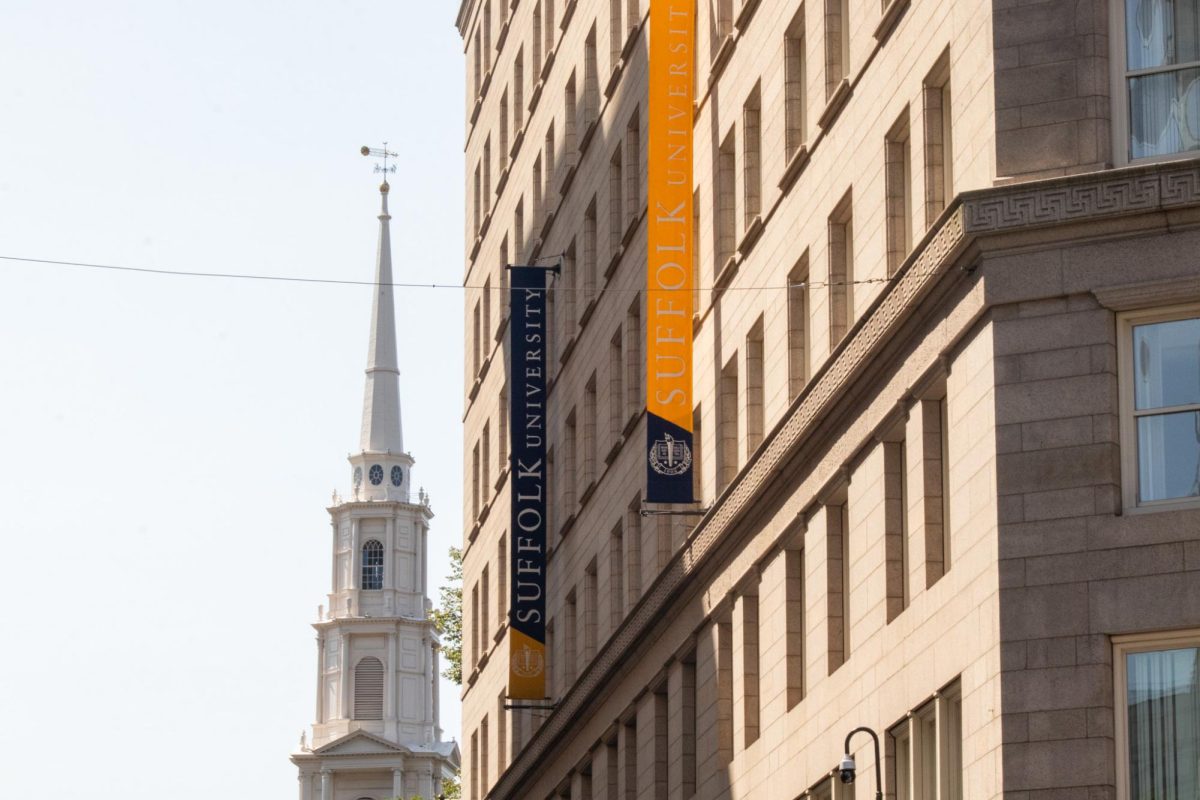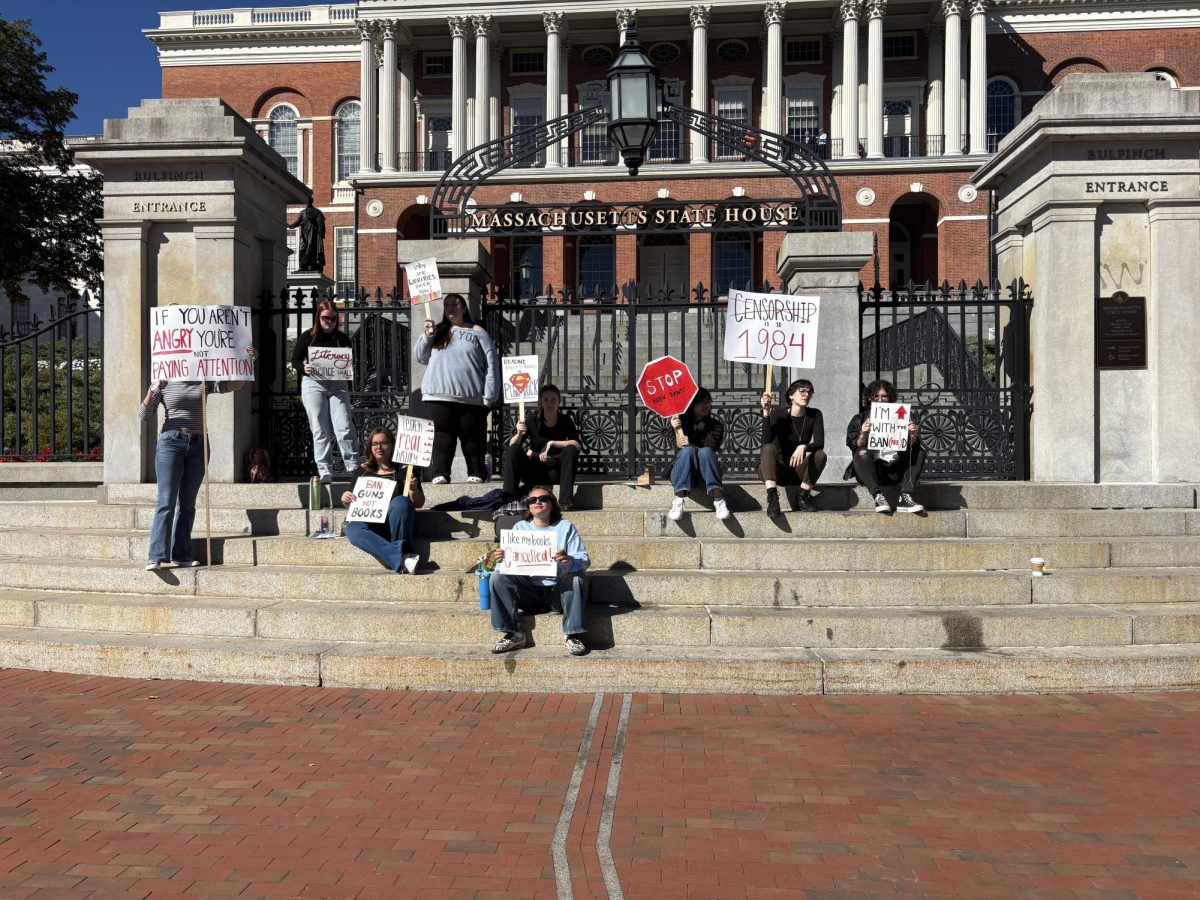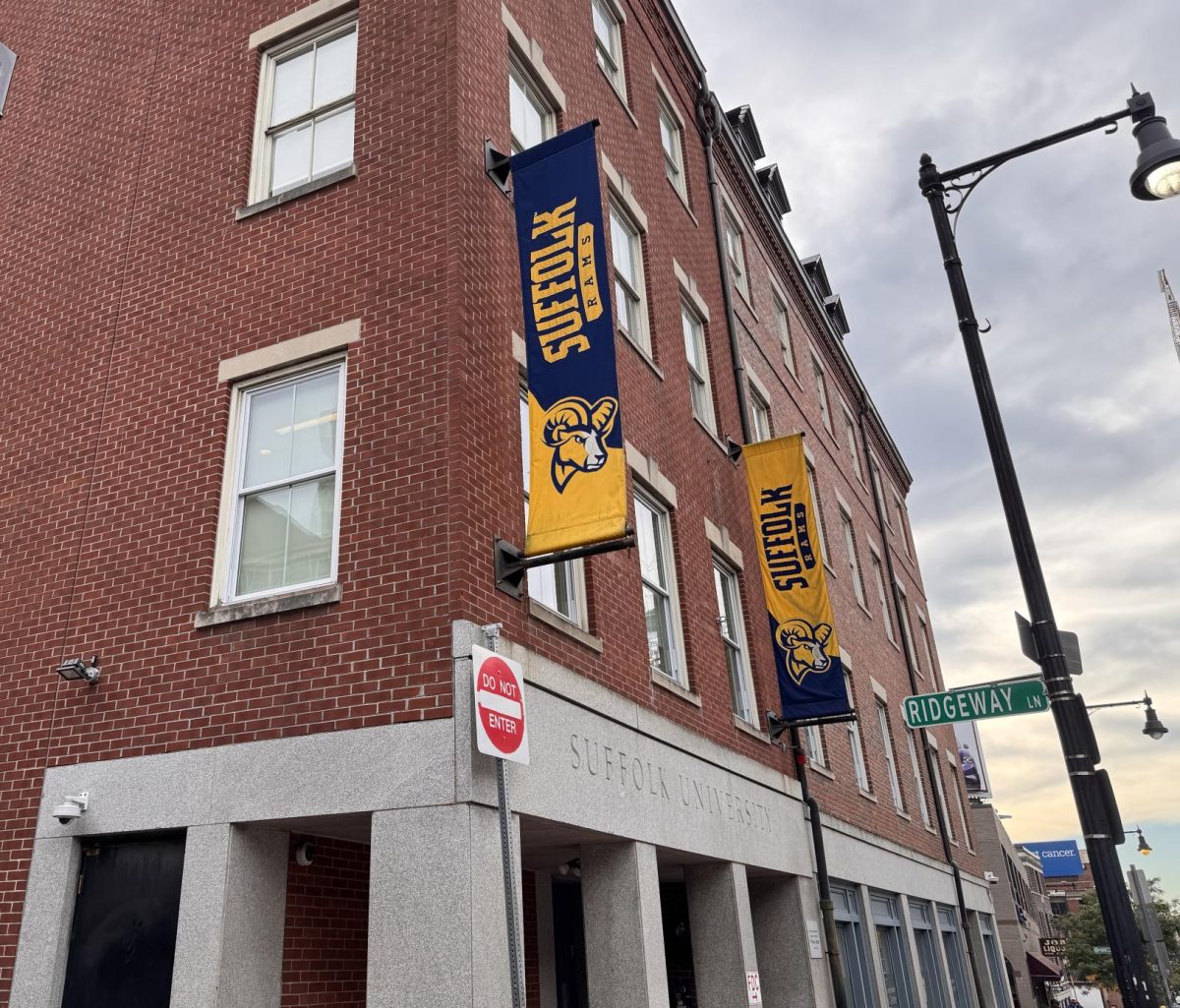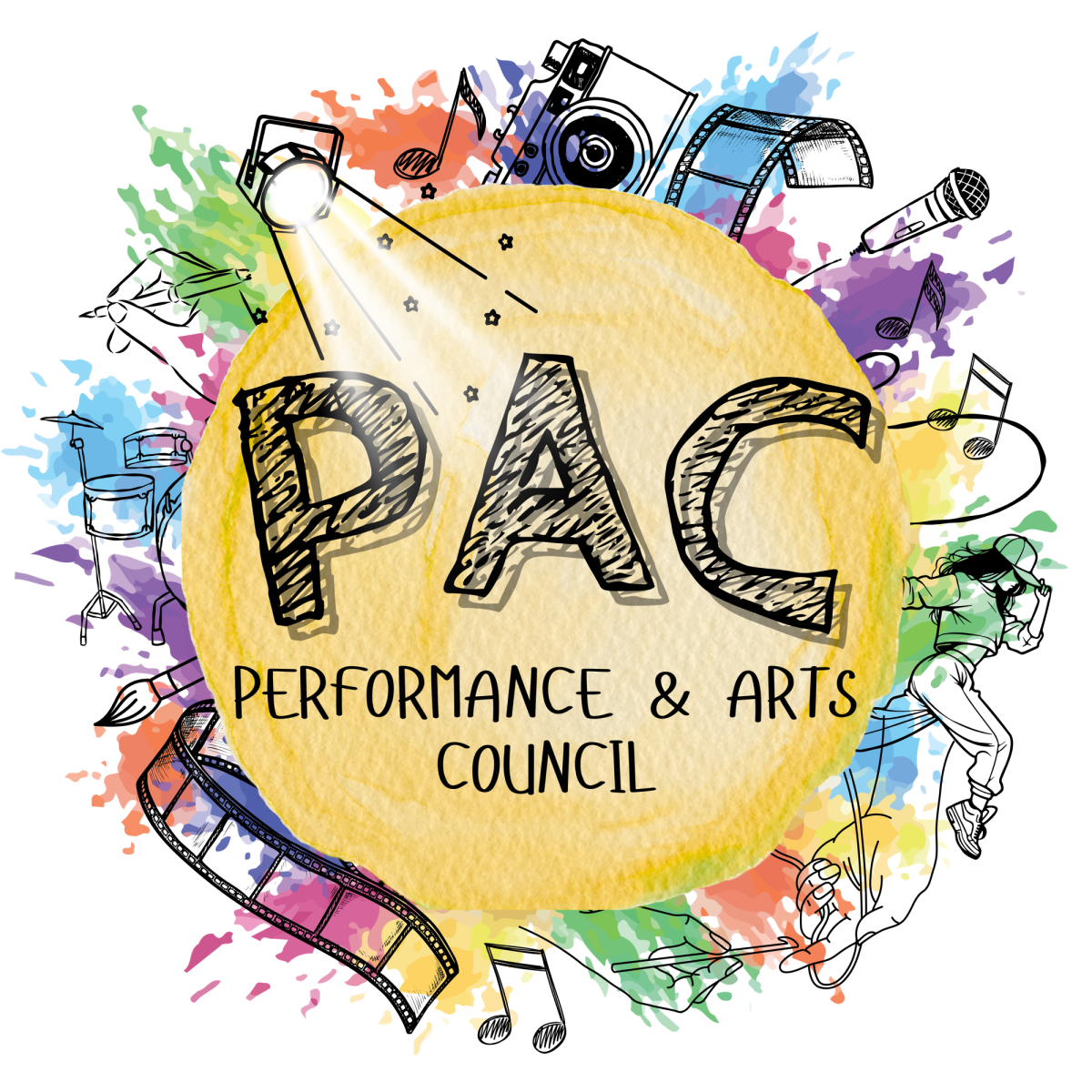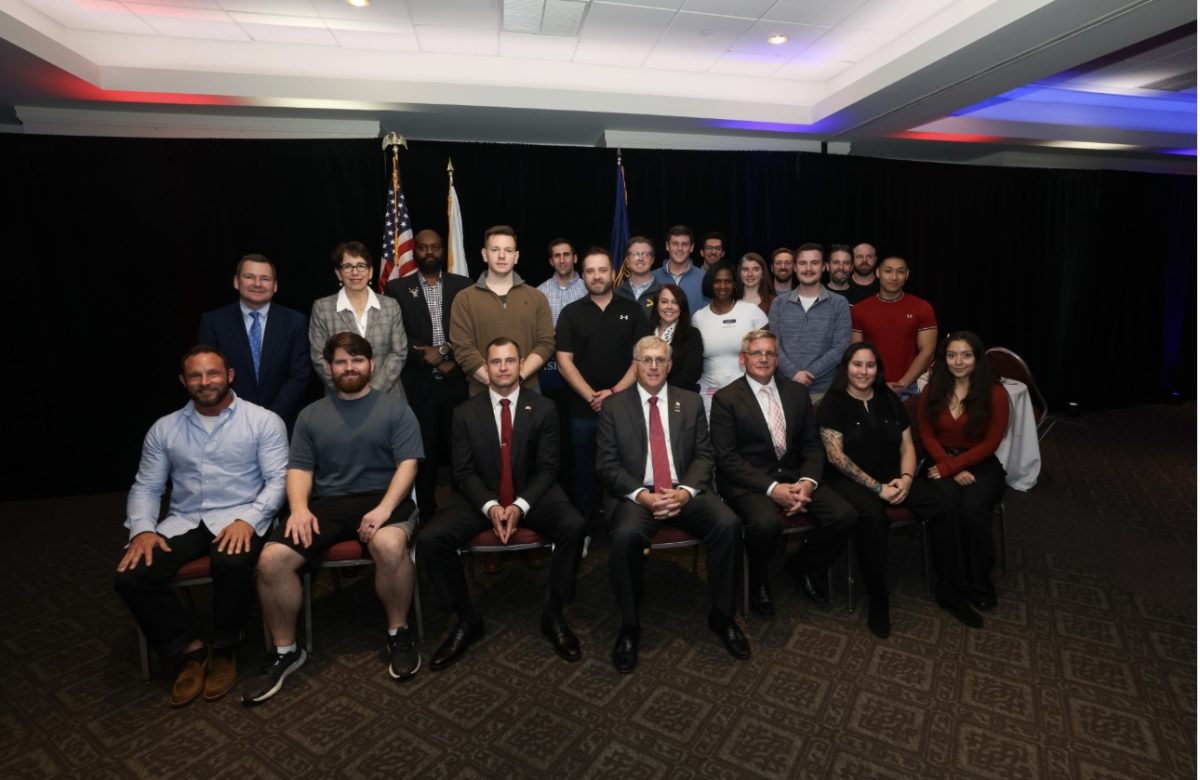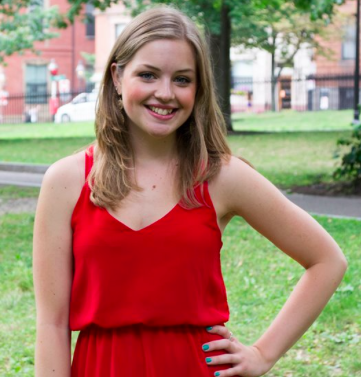President Norman Smith entered 73 Tremont with the goal of getting Suffolk on the radar and in higher rankings.
After two months in office, it is clear that is his main focus. His office on the top floor of the 73 building is cluttered with marketing materials for colleges that rank higher than Suffolk does among the comprehensive universities of the North.
“I don’t think Suffolk has really put its best foot forward in telling everybody the things that it has already achieved,” Smith said, boasting about the success of the Sawyer Business School, Suffolk’s global footprint, and the universities top 10 ranking among design schools.
Rankings among the comprehensive universities of the North are calculated by the school’s themselves, Smith said. The school’s administrators rank other schools in the area, giving a list of the top universities. Suffolk ranks 60 on the list.
This is what Smith is working to change.
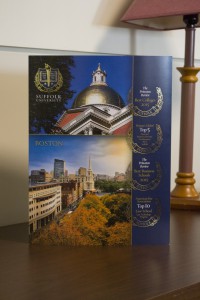
In a conversation with The Suffolk Journal, Smith proudly displayed a pamphlet promoting the university. Glorious images of the university and the Massachusetts State House are brazen on the front; blue and gold print decorate the thick paper, displaying Suffolk’s accomplishments and it’s home in the heart of the city.
This is one of the fruits of Smith’s labor. With a personalized note from Smith, the pamphlet, designed by Stamats, was sent to all the colleges who vote for the comprehensive universities of the North. Smith’s plan to get the university recognized, officially in motion.
“That is what I’ve been putting a lot of effort in,” the president said. Stamats is a company widely used by institutions of higher education for self-promotion, according to Smith, who said he considers them one of the best.
Smith has also been meeting with alumni in an attempt to garner more donations to the university.
“I’ve been out introducing myself to as many of our alumni who are successful and in the position to maybe give down the road, and that has taken quite a bit of my time,” he said.
However, between designing the pamphlet, meeting with alumni, and working with members of the university to decide how to keep improving Suffolk, a few things have not been discussed regarding the university, according to Smith.
The future of the Ridgeway building is something Smith said “hasn’t come up in conversation.”
In 2012, former president James McCarthy told the Journal the university was considering selling the Ridgeway building. Over the summer, the Regan Gymnasium located in the bottom of Ridgeway was renovated, receiving new paint and improved floors.
Smith has not made any plans considering the building’s future, he said, and unless the university could find a better place to put the gym, Ridgeway will not be sold.
“At some point we need a gym better than that and I don’t know where it would be and how we would do that,” Smith said.
Earlier this semester, Suffolk cut the illustration major at the New England School of Art and Design, disappointing students and professors.
Smith said more programs will be cut from the university.
“We’re doing more things than we arguably can afford to do … each program that is under enrolled is being looked at critically,” the president said.

NESAD is one of the university’s assets, however, it is segregated from campus, and many say it does not receive the attention from administration and students that it deserves.
Smith agreed that NESAD is located too far from the main campus, but does not yet have any plans to move it closer to the rest of Suffolk’s buildings.
“There’s a desire, but there’s no plan,” he said.
Another outstanding issue Smith has no plan for is honoring former president John E. Fenton. When the Fenton building, which was named for the former president, was sold in July, James McCarthy said Fenton would be honored in some other way on campus.
On honoring the former president, Smith said, it “hasn’t come up in a conversation since I’ve been here.”
One of the next topics on Smith’s docket is to get the university’s three separate schools to become more of one united university. An immediate plan in order to do just that is to get more of the graduate students to use the law school’s library, Smith said.
“Every time I walk through the 73 library, it’s absolutely full,” he said. “Every time I walk through the law library, there’s plenty of places to sit.”





